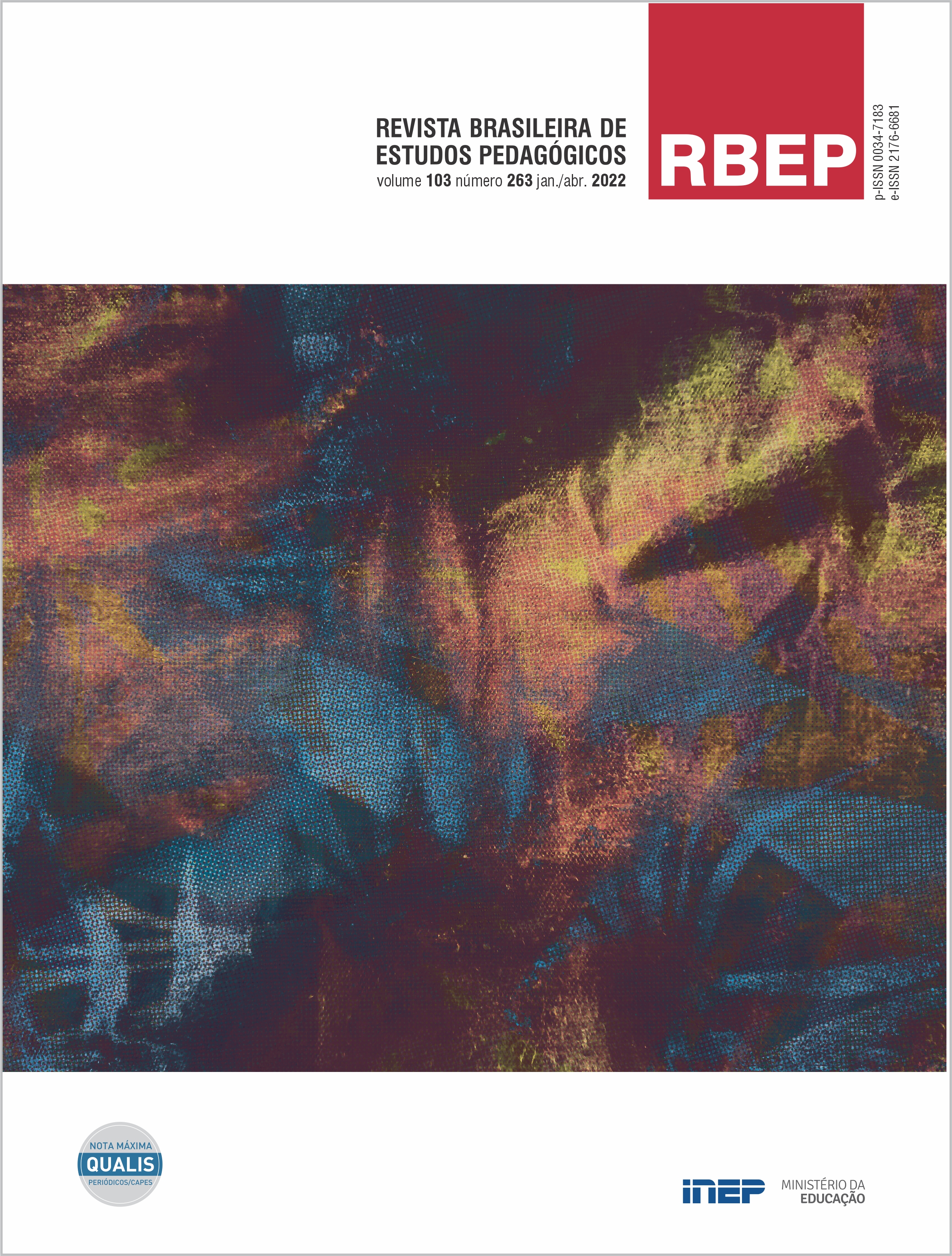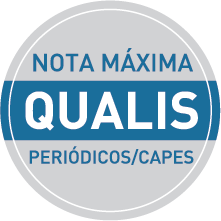Handicraft as a complementary tool for the teaching-learning of Morphological Sciences
Abstract
This paper aims at presenting handicrafts, using crochet technique, as a tool for teaching-learning of Morphological Sciences. First year undergraduate students of Veterinary Medicine at Nove de Julho University (Uninove) with previous experience in crochet were encouraged by a professor to create models in wool or sewing thread, relating them to the contents of theory and practice classes on Animal Morphophysiology. “Amigurumis” representing respiratory organs, placentas and urinary organs were handcrafted. The theoretical framework was structured in the following points: questioning of the possibility of learning Anatomy outside the laboratory; simultaneous relationship between Anatomy and science and art; effects of complementary teaching methods to the procedural and technical development of students and cognitive development of these students; and the constructivist paradigm applied to higher education in the area of health and inclusive education for family members. Results reinforce that the best way to teach and learn Morphological Sciences is through the combination of pedagogical resources that complement each other, especially through covid-19, when classes in laboratories have been replaced by practices adapted to observe social isolation. This exploratory research certainly allowed us to reflect on “how” to teach Anatomy in an alternative way and enable a greater involvement of students in the learning process in times of distance education from a constructivist perspective. The constructivist idea allowed the inclusion of the crafting of amigurumis to assess learning in Anatomy, since students were not judged only based on specific knowledge, but based on their ability to solve the problem of creating the anatomical parts with a viable solution. It concluded that it is possible to create synthetic crochet models with relative similarity to the original anatomical pieces. Finally, the impact of this research is that amigurumis were produced with easily-accessible, soft texture and low cost materials, being a potential handicraft technique to be applied to Morphological Science teaching.
Downloads
Copyright (c) 2022 Brazilian Journal of Pedagogical Studies

This work is licensed under a Creative Commons Attribution 4.0 International License.
Once their work is accepted for publication, author’s copyrights are automatically relinquished to the National Institute for Educational Studies and Research Anísio Teixeira (Inep).
Since 2016, the journal Revista Brasileira de Estudos Pedagógicos (RBEP) uses the licence CC-BY.
Partial or total reproduction of the content of this Journal is permitted provided that the original publication is properly referenced, as well as a link to license CC BY 4.0 and to indicate any possible alterations made to the article.




















